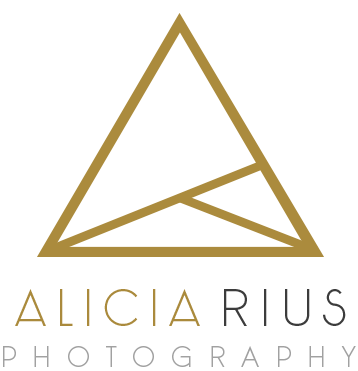Photography is not just about capturing moments; it's about creating moods and emotions. A significant part of the emotional narrative in a photograph comes from how it is lit. Light can whisper or shout; it can evoke joy or melancholy. In this article, we explore how different light sources can be used to shape the mood of your photographs, offering both practical advice and creative inspiration.
The Science of Light and Emotion
Before diving into the specifics of various light sources, it's important to understand the basic relationship between light and emotion. Light affects photographs through its color, direction, and intensity, each of which can dramatically alter the perception and mood of an image. Soft, warm light often evokes feelings of comfort and positivity, while harsh, cold light can convey isolation or sadness. By mastering light, photographers have the power to steer the emotional response of their audience.
Natural Light: The Sun’s Emotional Palette
Natural sunlight is one of the most dynamic tools at a photographer's disposal. Its quality changes with the time of day and weather conditions, offering a wide range of moods:
Golden Hour: Just after sunrise or before sunset, the sunlight is soft, warm, and diffuse, ideal for portraits filled with warmth and romance.
Blue Hour: The time just before sunrise and just after sunset provides a blue-toned light that can create serene, tranquil scenes.
Overcast Days: Cloudy skies diffuse sunlight, reducing shadows and creating an even light perfect for capturing subtle emotions without the drama of deep shadows.
Midday Sun: Bright, midday light creates strong contrasts and can be used to emphasize toughness or tension in a subject.
Using these variations of natural light, photographers can craft an emotional narrative that aligns with the story they want to tell.
Artificial Light: Controlling the Mood
When natural light isn't available or suitable, artificial light sources come into play. Each type of artificial lighting can serve a different purpose:
Flash and Strobe Lights: Provide intense and direct light, useful for highlighting subjects or creating a dramatic effect with strong shadows.
LED Lights: Offer adjustable intensity and color temperature, making them versatile for creating a specific mood, from cold and eerie to warm and inviting.
Neon Lights: Emit a vibrant, colorful glow that can add a futuristic or edgy feel to photographs.
Tungsten Bulbs: Produce a warm, yellowish light, reminiscent of indoor comfort and nostalgia.
Artificial lighting allows photographers to manipulate mood extensively, giving the ability to create lighting conditions that might not be naturally available.
Special Lighting Conditions: Creative and Emotional Impact
Sometimes, the most evocative photographs come from experimenting with less conventional light sources or unique conditions. A flickering candle, the glow from a fireplace, or even the ambient light from a fire pit can add an intimate, warm touch to a scene. These sources create a sense of closeness and warmth, drawing the viewer into a more personal connection with the image.
Incorporating unconventional light sources like a propane fire pit during a twilight outdoor shoot can subtly suggest a feeling of nostalgia and togetherness, without the image needing to revolve entirely around the fire pit itself. This method is excellent for evoking comfort and a sense of gathering.
Using Light for Thematic Photography
Photographers often use light to support the theme of their work. Whether you’re shooting a high-energy sports event or a quiet, introspective portrait, choosing the right lighting can elevate your photographs from mere pictures to evocative stories. Here’s how light can be themed:
Documentary Photography: Natural light is often preferred as it truthfully represents the subject and setting without manipulation.
Fashion Photography: High-powered strobes and softboxes highlight the texture and details of clothing and give the model a glamorous look.
Landscape Photography: The sun’s position can dramatically alter the mood of a landscape, from mysterious and foreboding when obscured by clouds, to vibrant and lively under a clear midday sky.
Conclusion
Understanding and manipulating different light sources is essential for photographers looking to evoke specific emotions through their images. Whether using the soft glow of dawn to create a hopeful vibe or an artificial neon light for suspense and excitement, light is a powerful tool in the storytelling arsenal. By mastering light, photographers not only capture what is seen but also hint at the unseen, inviting viewers to feel the mood of the moment themselves.
